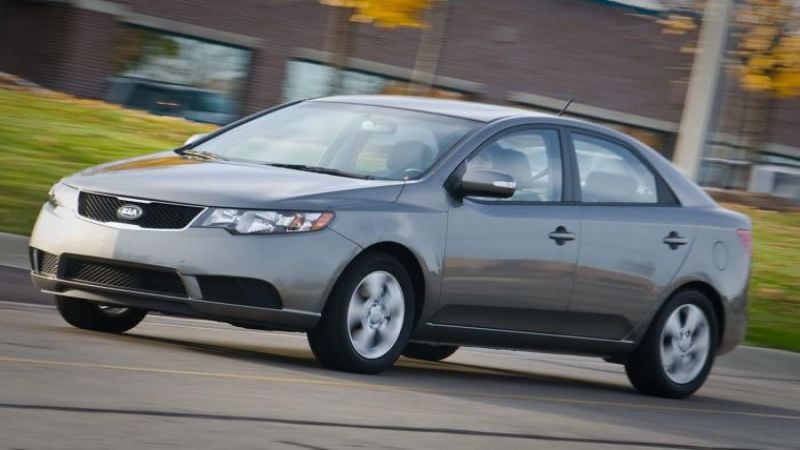Kia Motors, the hot-selling subsidiary of Hyundai, has recalled half-a-million vehicles for problems with its front seatbelt pretensioners. Pretensioners instantly tighten up seatbelts so that the occupant remains securely in place in a crash.
Pretensioners, Seatbelts Will Fail
Pretensioners are sensor-controlled devices that work by ratcheting down the tension on the seatbelt if the force exceeds a preset level. That it is a very low level can be seen by the fact that if you move around in your seat, the pretensioner comes on and limits the movement of your seatbelt. To work correctly, the dogs all have to set in the spool so it will not move (dogs are sliders that mate with the seatbelt material spool; once engaged the spool is stopped and cannot move, limiting your range).
According to the National Highway Traffic Safety Administration (NHTSA): “If the frontal airbags and seatbelt pretensioners are disabled, there is an increased risk of injury to the vehicle occupants in the event of a vehicle crash that necessitates the deployment of these safety systems.”
What the agency is saying is that the pretensioners don’t work and there’s too much slack in the seatbelt, then you can be injured. The reason, according to NHTSA, for the failure is that the ACU (airbag control unit) has shorted out, preventing the deployment of the pretensioner and airbag. The vehicles involve:
- 2010-2013 Kia Forte
- 2010-2013 Kia Forte Koup
- 2011-2013 Kia Optima
- 2011-2012 Kia Optima Hybrid
- 2011-2012 Kia Sedona
Kia Developing Repair Plan
Although Kia is still developing its response to the recall, the automaker is close because Kia plans to begin notifying its customers July 27. At that time, Kia owners can contact their dealers to have the recall work completed free of charge.
For more information, owners can contact Kia Customer Service at 800-333-4542. The Kia recall program number is SC163. Or, you can reach, the NHTSA at 888-327-4286 and ask for information regarding recall 18V363000. If you refer to contact the agency online at the NHTSA Car Safety Website.
Source: NHTSA
www.safercar.gov.
Photo courtesy Car & Driver












